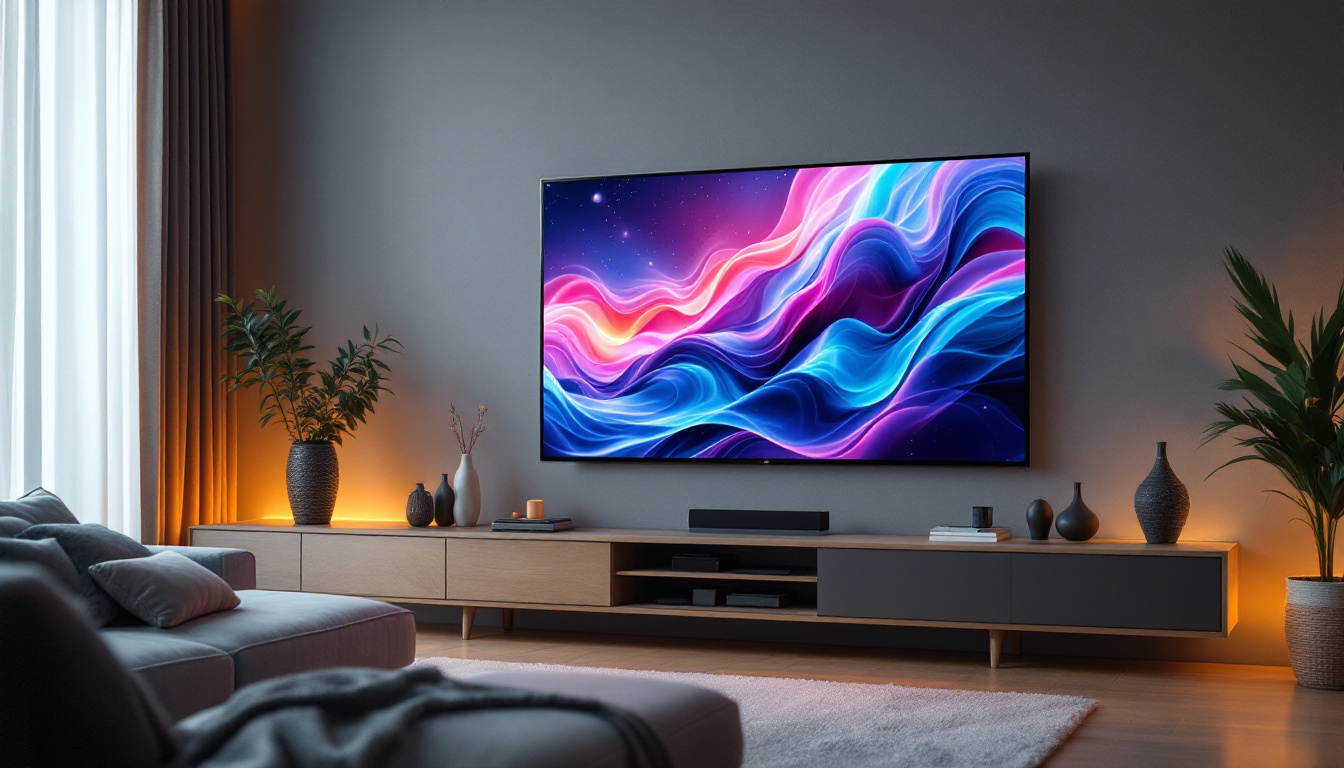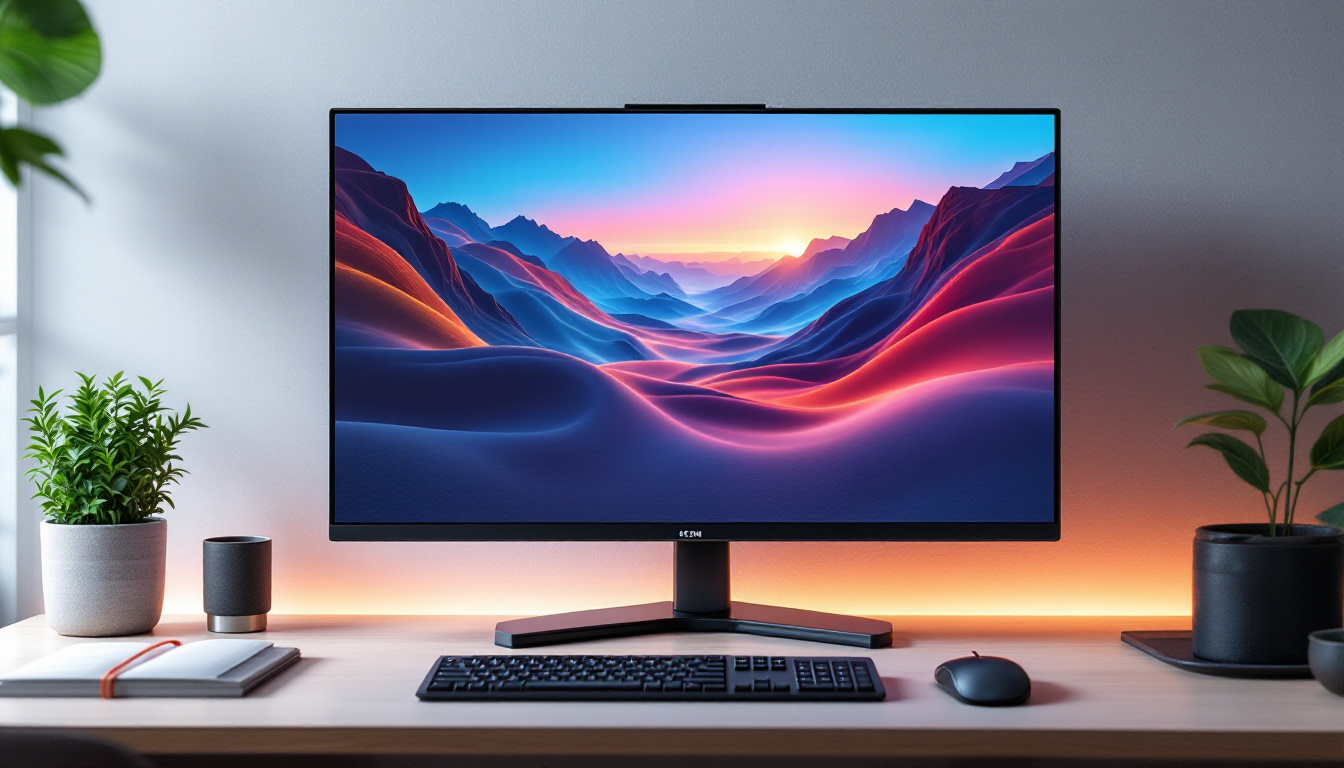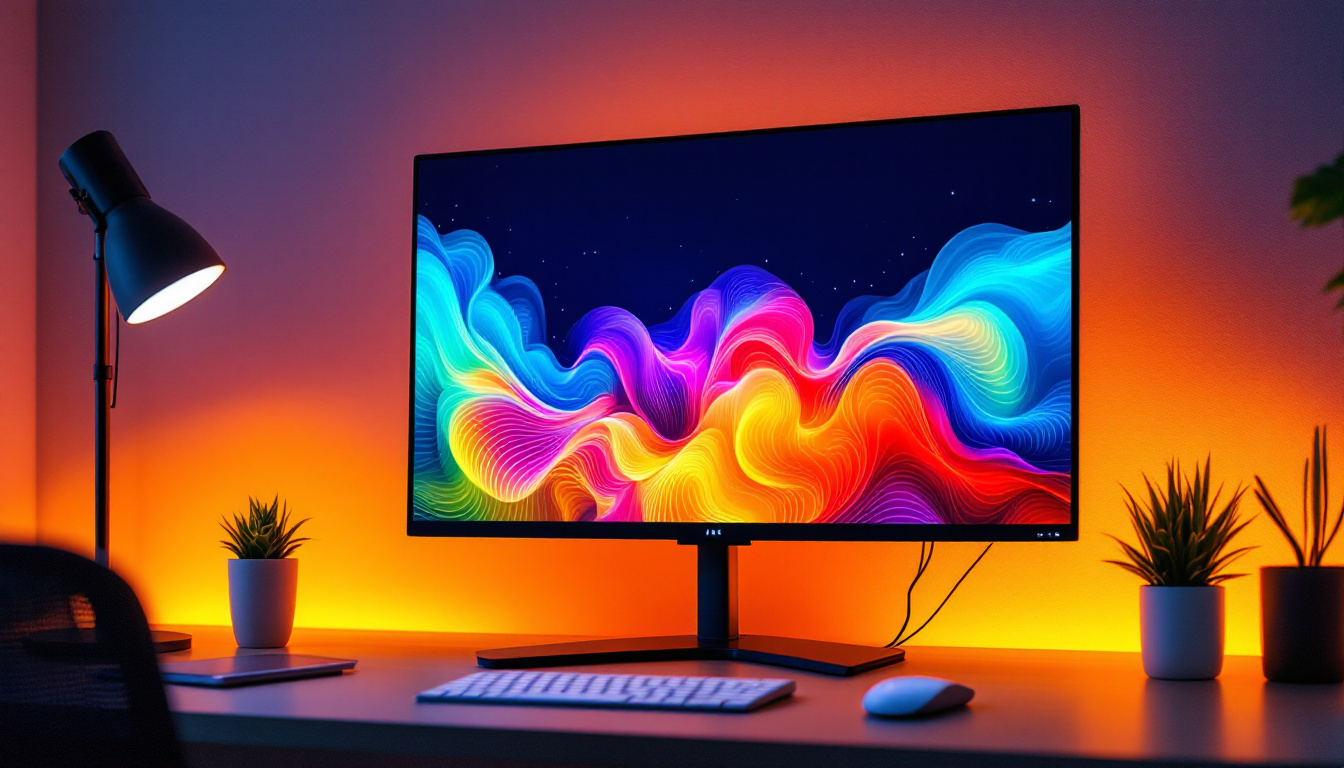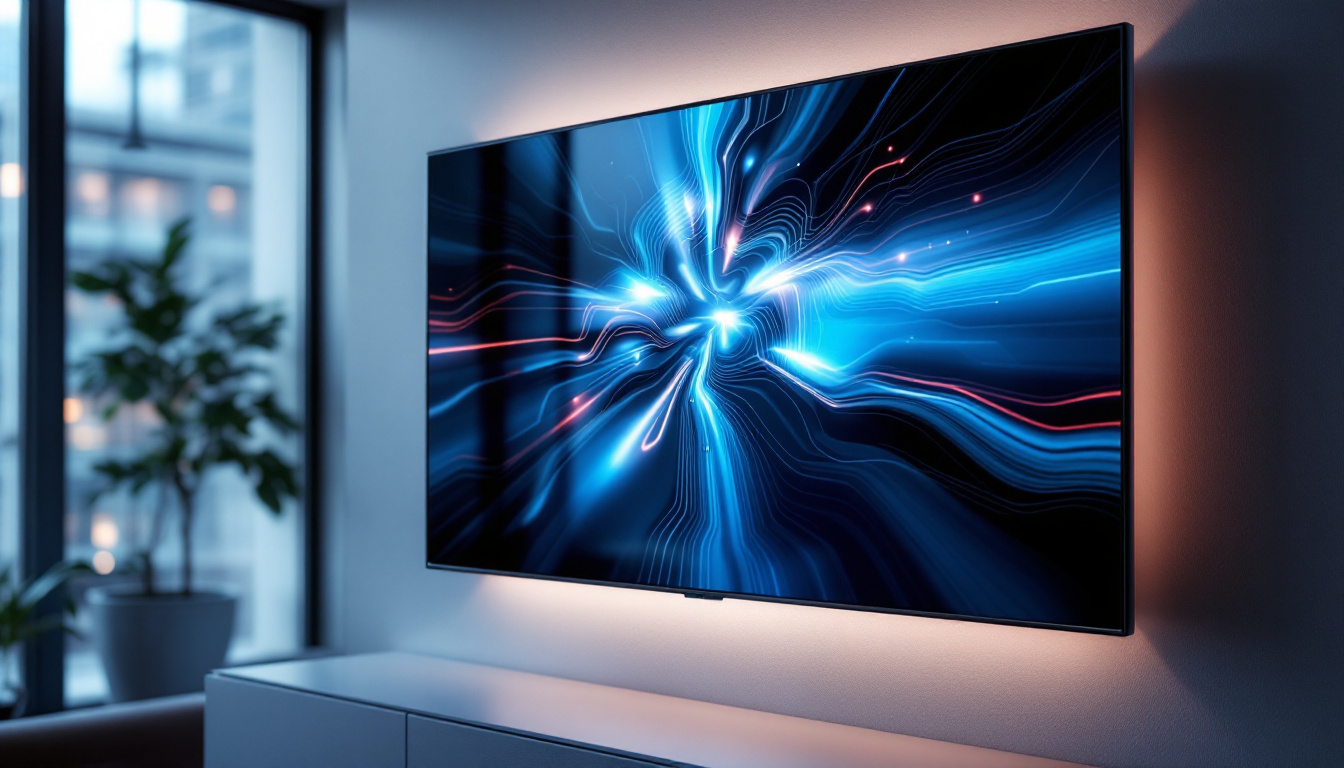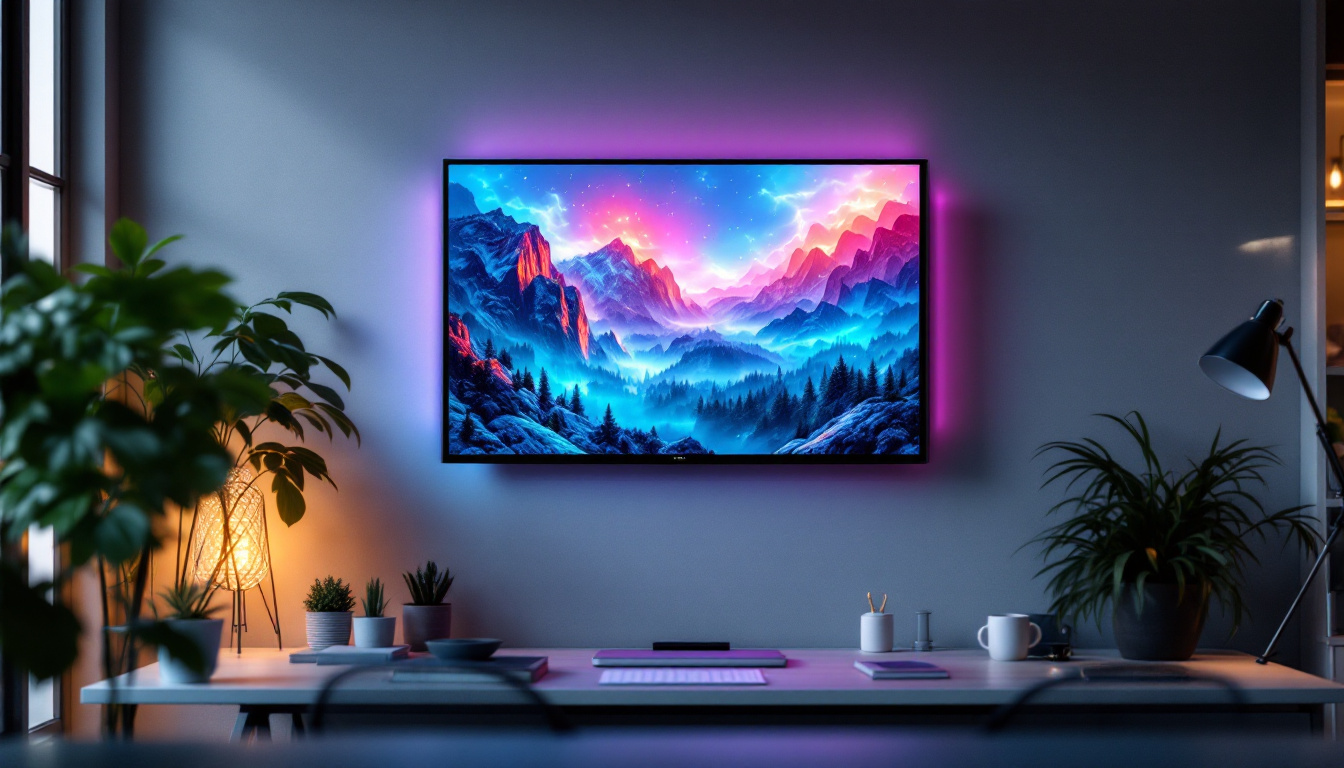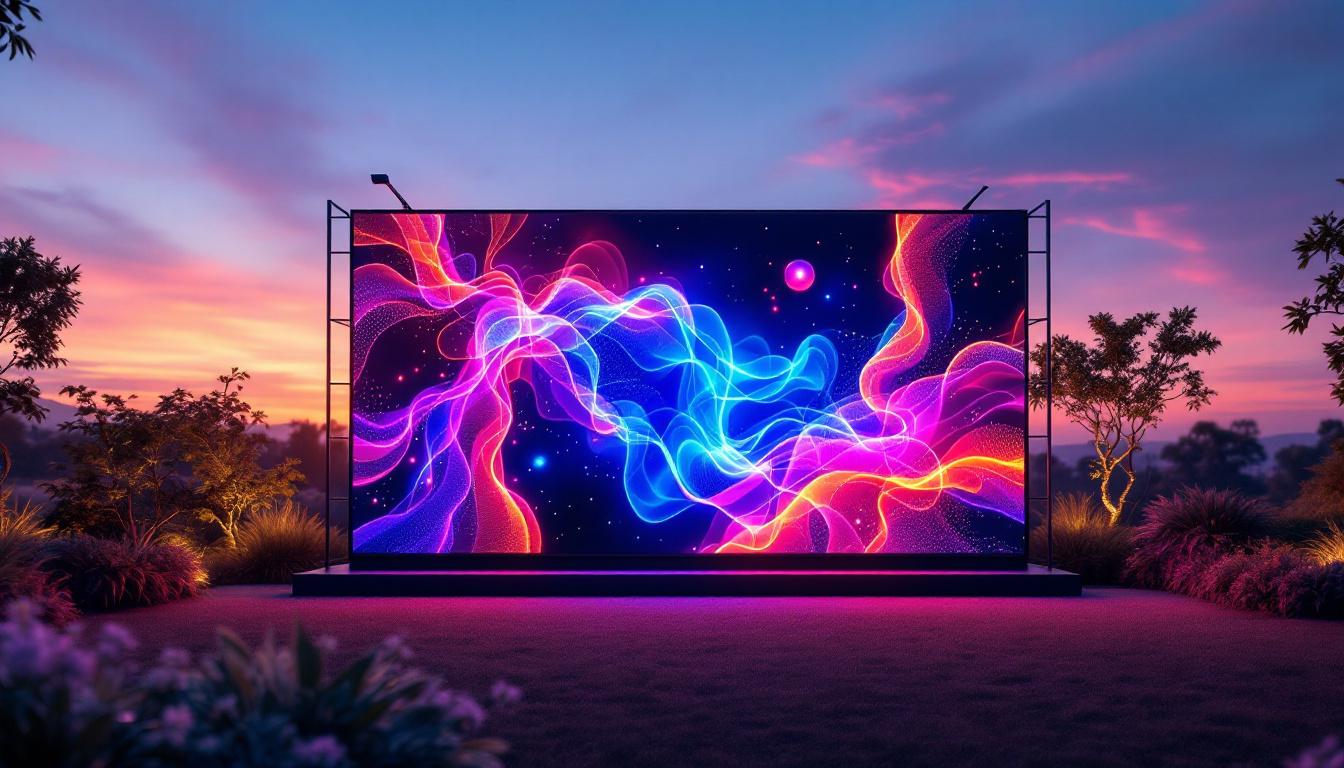In the ever-evolving world of display technology, understanding the differences between various types of monitors is essential for making an informed purchase. Among the most popular options are LED, LCD, and IPS monitors. This article will delve into each type, highlighting their unique features, advantages, and drawbacks. By the end, readers will have a clearer understanding of which monitor type best suits their needs.
Understanding Display Technologies
Before diving into the specifics of LED, LCD, and IPS monitors, it is crucial to understand the fundamental technologies behind these displays. Each technology has its own characteristics, affecting everything from color accuracy to energy efficiency. As technology continues to evolve, so too do the capabilities and applications of these display types, making it essential for consumers and professionals alike to stay informed about their options.
What is LCD?
LCD, or Liquid Crystal Display, is a technology that uses liquid crystals sandwiched between two layers of glass or plastic. When an electric current passes through the liquid crystals, they align to allow varying degrees of light to pass through. This process creates images on the screen. LCDs are known for their thin profile and energy efficiency, making them a popular choice for a wide range of applications. The technology has advanced significantly over the years, with innovations such as edge-lit and direct-lit LCDs, which enhance brightness and color accuracy. Furthermore, LCDs are often employed in various devices, from smartphones to large television screens, showcasing their versatility in modern technology.
What is LED?
LED, or Light Emitting Diode, refers to a specific type of backlighting used in LCD monitors. While traditional LCDs use fluorescent lamps for backlighting, LED monitors utilize LEDs, which provide several advantages. LED backlighting can be more energy-efficient, offer better contrast ratios, and allow for thinner displays. It’s important to note that when people refer to LED monitors, they are typically talking about LCDs with LED backlighting. Additionally, there are two primary types of LED backlighting: edge-lit and full-array. Edge-lit LED displays are thinner and can be more cost-effective, while full-array LED displays provide superior uniformity and local dimming capabilities, enhancing the overall viewing experience. As a result, LED technology has become the standard in modern displays, pushing the boundaries of what is possible in screen design.
What is IPS?
IPS, or In-Plane Switching, is a technology used in certain types of LCD monitors. It improves upon traditional LCD technology by allowing for wider viewing angles and better color reproduction. IPS panels are particularly favored by professionals in graphic design, photography, and video editing due to their ability to display accurate colors from various angles. This is achieved through a unique arrangement of the liquid crystals, which allows them to move in a way that maintains color fidelity even when viewed from the side. Additionally, IPS technology has evolved to include variations like PLS (Plane to Line Switching) and AHVA (Advanced Hyper Viewing Angle), which further enhance performance metrics such as brightness and response times. As a result, IPS displays are increasingly being integrated into high-end televisions and gaming monitors, catering to users who demand exceptional visual quality and performance in their viewing experiences.
Comparing LED and LCD Monitors
While LED and LCD are often mentioned in the same breath, it’s essential to recognize their distinctions. LED is a backlighting technology, whereas LCD refers to the overall display technology. Understanding this difference can help consumers make better decisions when purchasing a monitor.
Brightness and Contrast
One of the most significant advantages of LED backlighting is its ability to produce brighter displays with higher contrast ratios. This is particularly beneficial in brightly lit environments where visibility can be a challenge. LED monitors can achieve deeper blacks and more vibrant colors compared to traditional LCDs, enhancing the overall viewing experience. The improved contrast not only makes images pop but also helps in reducing eye strain, making them ideal for long hours of use, whether for gaming, graphic design, or simply binge-watching your favorite shows.
Energy Efficiency
LED monitors are generally more energy-efficient than their LCD counterparts. The use of LEDs allows for lower power consumption, which can lead to reduced electricity bills and a smaller carbon footprint. This energy efficiency is particularly appealing for those who spend long hours in front of a screen, as it can also contribute to a cooler workspace. Furthermore, many LED monitors come with energy-saving features such as automatic brightness adjustment based on ambient light, which not only saves power but also enhances user comfort by adapting to changing lighting conditions.
Thickness and Design
Another area where LED monitors excel is in design. The use of LED backlighting enables manufacturers to create thinner and lighter displays. This sleek design is not only aesthetically pleasing but also practical for those who need to save space or frequently transport their monitors. In contrast, traditional LCDs tend to be bulkier due to the larger components required for fluorescent backlighting. Additionally, the modern design of LED monitors often includes features like ultra-thin bezels, which maximize screen real estate and provide a more immersive viewing experience. Many models also offer customizable stands and mounting options, allowing users to tailor their workspace to their specific needs and preferences.
Color Accuracy and Viewing Angles
When it comes to color accuracy, LED monitors typically outperform traditional LCDs, especially those that utilize advanced technologies like In-Plane Switching (IPS). These monitors can reproduce a wider color gamut, making them ideal for professional photographers and graphic designers who require precise color representation. Moreover, LED monitors often provide better viewing angles, meaning that colors and brightness remain consistent even when viewed from the side. This feature is particularly useful in collaborative settings where multiple people may need to view the screen simultaneously, ensuring that everyone sees the same high-quality image without distortion.
Exploring IPS Technology
IPS technology represents a significant advancement in LCD displays, particularly in terms of color accuracy and viewing angles. For professionals and enthusiasts who demand the best visual performance, IPS monitors are often the preferred choice.
Color Accuracy
One of the standout features of IPS panels is their superior color accuracy. Unlike traditional TN (Twisted Nematic) panels, which can suffer from color distortion at wider angles, IPS panels maintain consistent color reproduction. This makes them ideal for tasks that require precise color matching, such as graphic design and photo editing.
Viewing Angles
IPS monitors offer wide viewing angles, typically up to 178 degrees. This means that colors and brightness remain consistent, even when viewed from the side. For users who often collaborate with others or present their work, this feature is invaluable, as it ensures that everyone sees the same image quality regardless of their position relative to the screen.
Response Times and Gaming
While IPS panels excel in color reproduction and viewing angles, they have historically lagged behind TN panels in terms of response times. This can be a concern for gamers who require fast refresh rates and minimal motion blur. However, advancements in IPS technology have led to the development of faster IPS panels that are more suitable for gaming, bridging the gap between color accuracy and performance.
Advantages and Disadvantages of Each Monitor Type
When choosing between LED, LCD, and IPS monitors, it’s essential to weigh the advantages and disadvantages of each type. This will help users make a choice that aligns with their specific needs and preferences.
Advantages of LED Monitors
- Brighter displays with better contrast ratios.
- Energy-efficient, leading to lower power consumption.
- Thinner and lighter design, making them more portable.
Disadvantages of LED Monitors
- May not offer the same color accuracy as IPS panels.
- Some LED monitors can suffer from backlight bleed, affecting uniformity.
Advantages of IPS Monitors
- Superior color accuracy, ideal for creative professionals.
- Wide viewing angles, ensuring consistent image quality from different perspectives.
- Improved performance in color-critical applications.
Disadvantages of IPS Monitors
- Generally higher cost compared to standard LED and LCD monitors.
- Response times can be slower, potentially impacting gaming performance.
Choosing the Right Monitor for Your Needs
When selecting a monitor, it’s essential to consider the intended use. Different users have varying requirements, and understanding these can lead to a more satisfying purchase.
For General Use
For everyday tasks such as web browsing, document editing, and streaming videos, a standard LED monitor may suffice. These monitors offer a good balance of performance and affordability, making them suitable for casual users who do not require advanced features.
For Creative Professionals
Creative professionals, such as graphic designers and photographers, should consider investing in an IPS monitor. The enhanced color accuracy and wide viewing angles will significantly benefit those who need to ensure that their work is displayed correctly across different devices and formats.
For Gamers
Gamers should carefully evaluate their options based on the types of games they play. While traditional TN panels have been favored for their fast response times, newer IPS monitors with improved performance are becoming increasingly popular. Gamers seeking vibrant colors and excellent viewing angles may find that a high-refresh-rate IPS monitor strikes the right balance.
Conclusion
In conclusion, the choice between LED, LCD, and IPS monitors ultimately depends on individual needs and preferences. LED monitors provide excellent brightness and energy efficiency, while IPS panels excel in color accuracy and viewing angles. By understanding the strengths and weaknesses of each technology, consumers can make informed decisions that enhance their computing experience.
Whether for work, gaming, or casual use, the right monitor can significantly impact productivity and enjoyment. As technology continues to evolve, staying informed about the latest advancements will ensure that users can select the best display for their specific requirements.
Discover the Future of Display Technology with LumenMatrix
Ready to experience the pinnacle of display clarity and vibrancy? LumenMatrix is at the forefront of LED display innovation, offering a wide array of solutions tailored to your unique needs. From captivating Indoor LED Wall Displays to dynamic Outdoor LED Wall Displays, and from mobile Vehicle LED Displays to interactive Floor LED Displays, our technology is designed to revolutionize your visual communication. Embrace the power of cutting-edge LED display modules and transform how you share your message. Check out LumenMatrix LED Display Solutions today and elevate your brand visibility to new heights.


